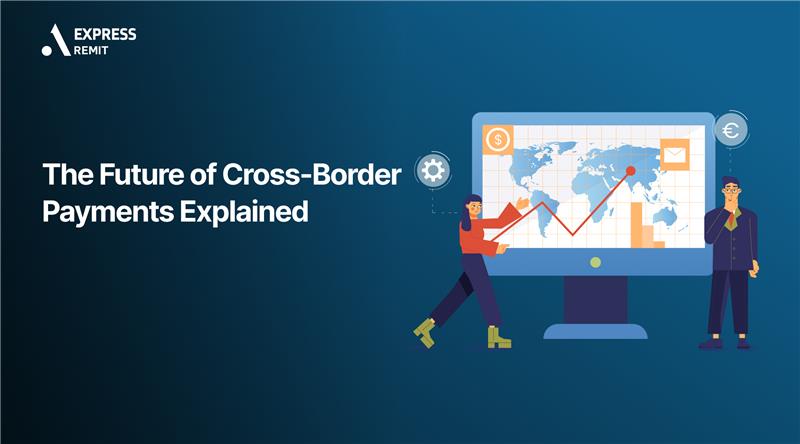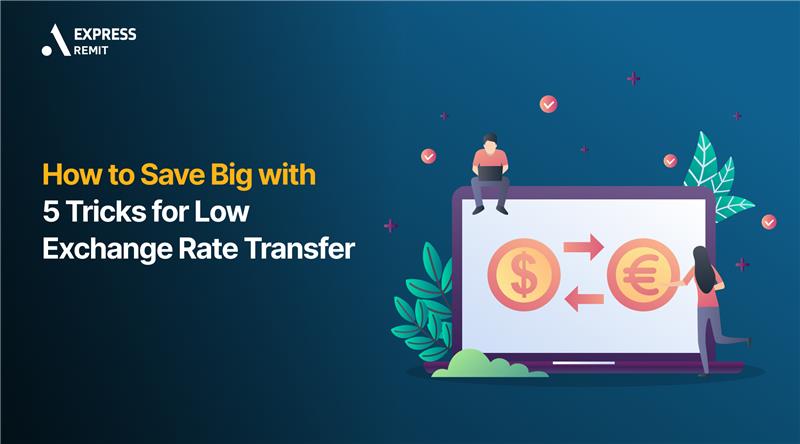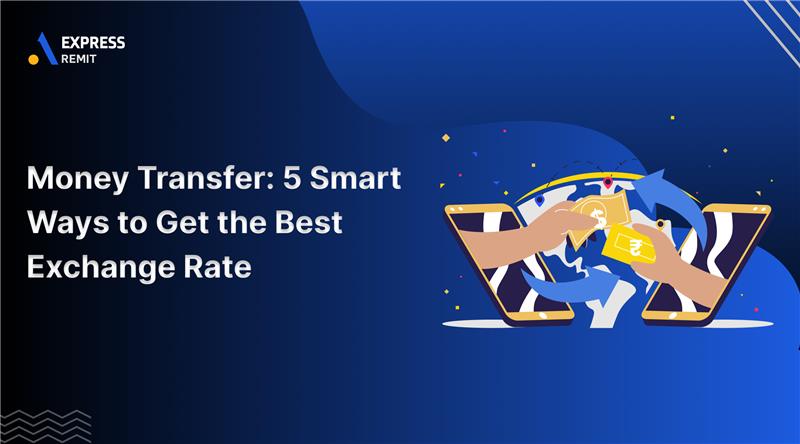The Future of Cross-Border Payments Explained in 2025
In today’s globalized economy, cross-border payments play a crucial role in facilitating international trade and personal transactions. As technology evolves, […]
The Future of Cross-Border Payments Explained in 2025 Read Post »




